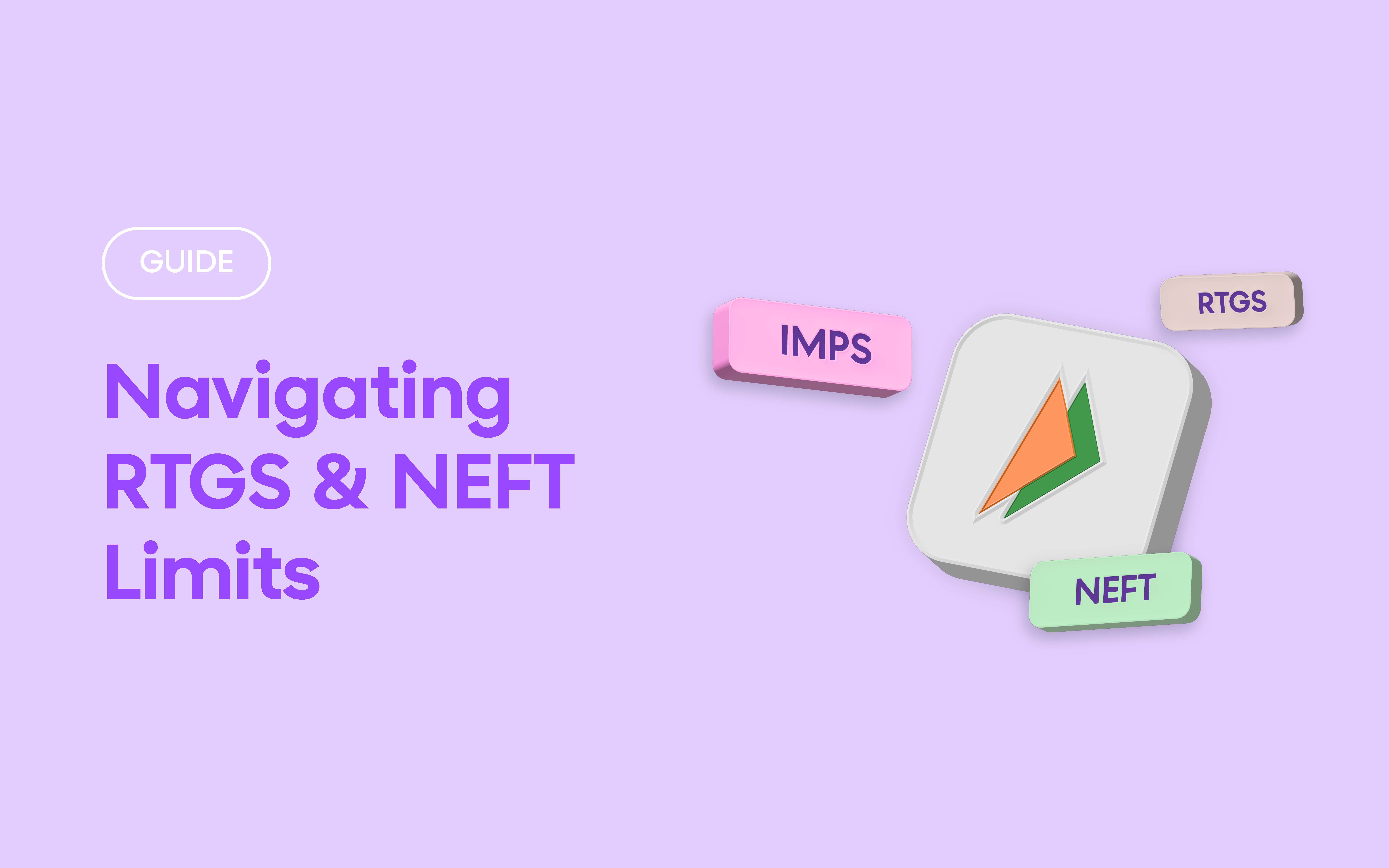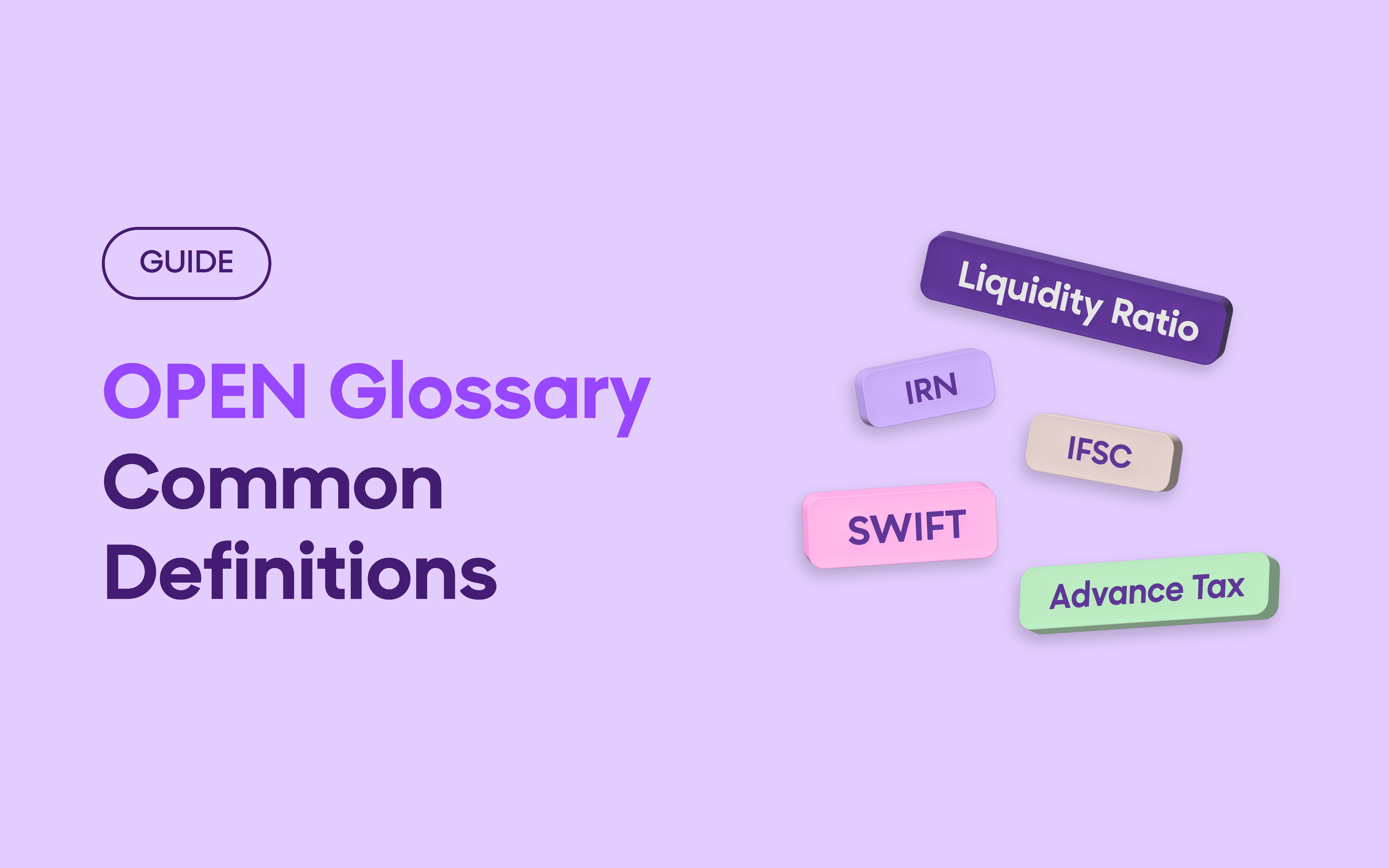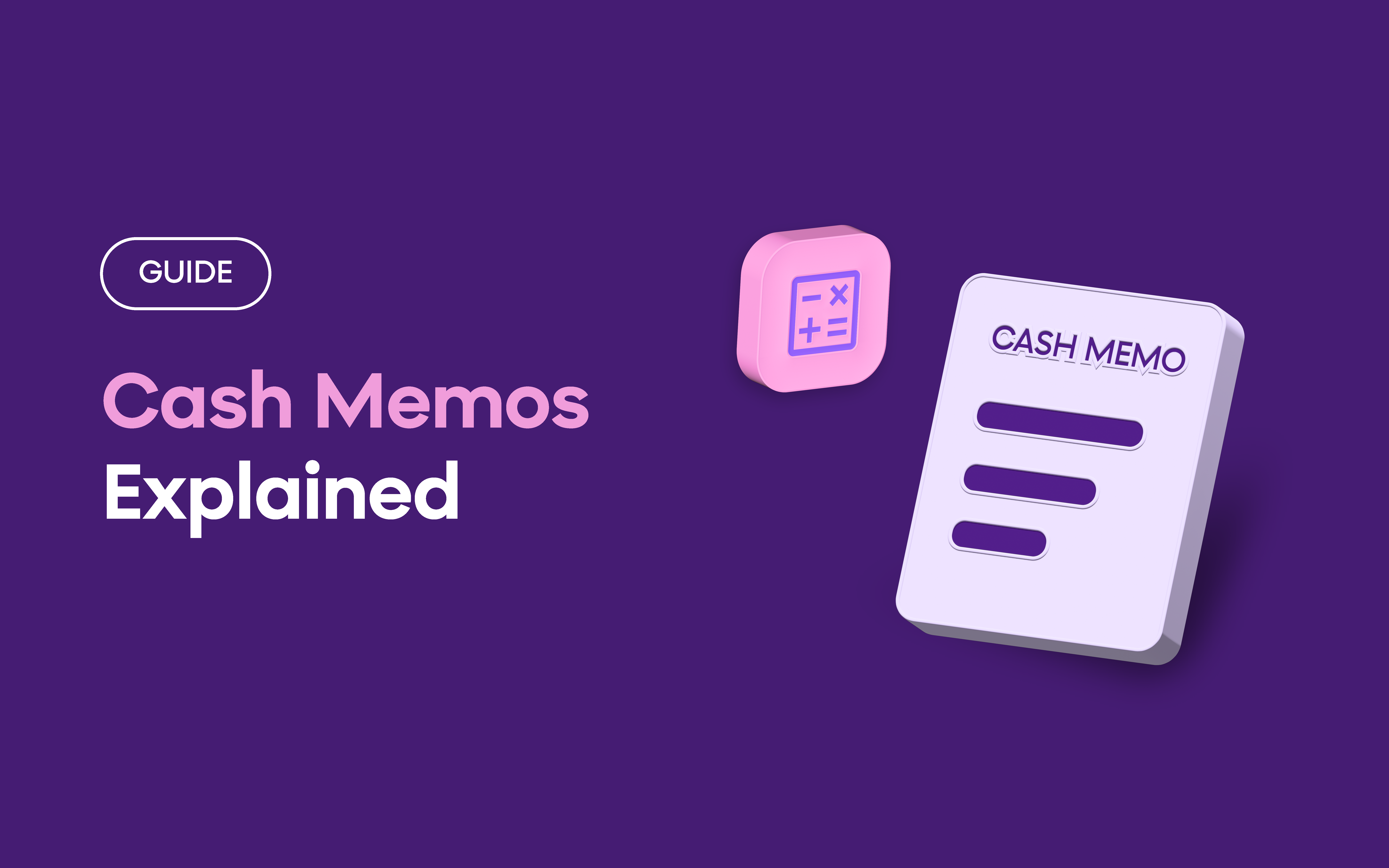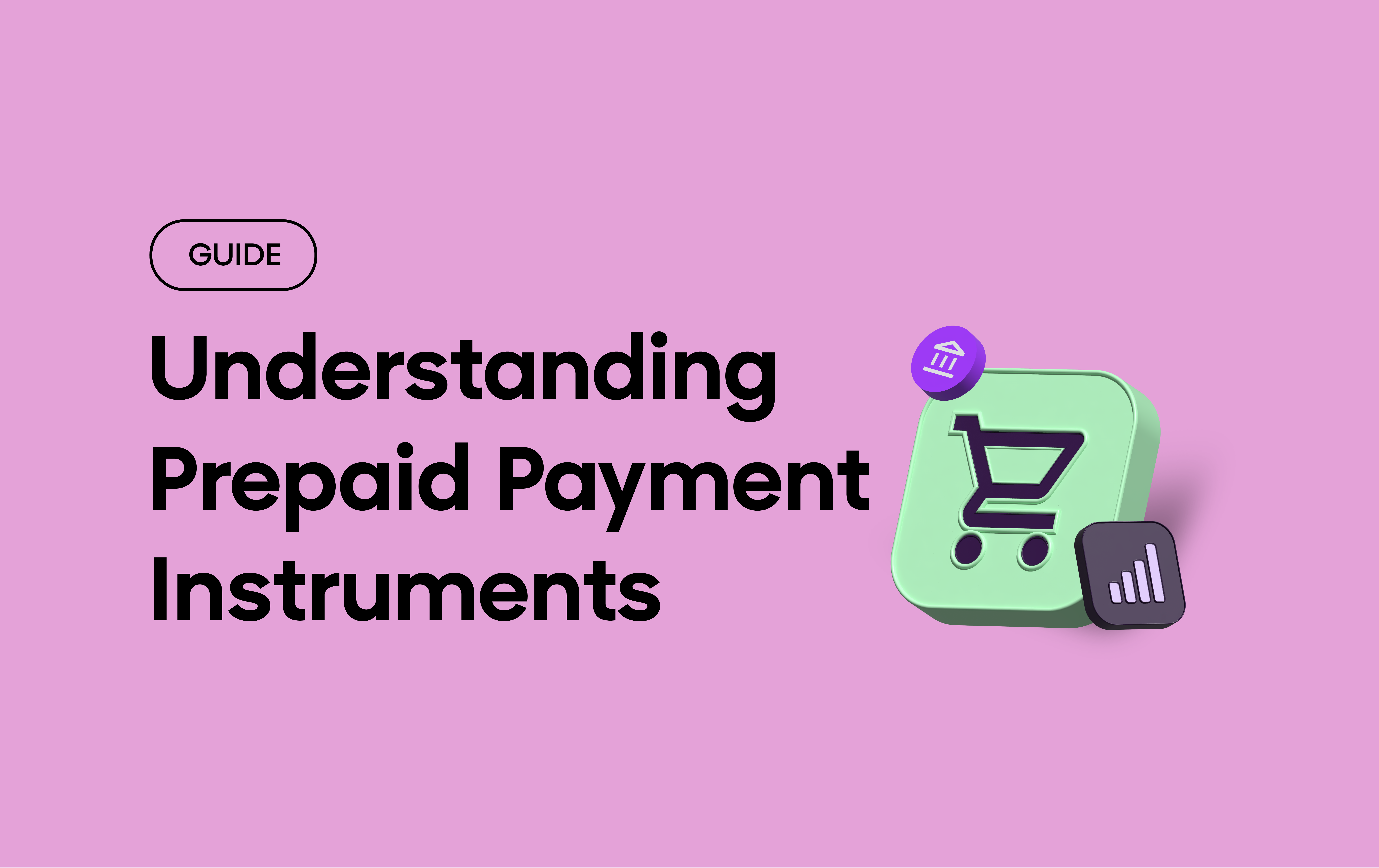Managing transactions efficiently is crucial as a business owner—whether you’re paying vendors, receiving customer payments, or handling cash flow. Understanding the RTGS limit and NEFT maximum limits can help you better plan payments, avoid delays, and optimize cash flow management. But do you know the RTGS and NEFT transaction limits?
In this blog, let us list these limits and show you how to navigate them easily.
What are RTGS & NEFT?
Before exploring the limits, let’s take a moment to review what each payment method involves:
RTGS (Real Time Gross Settlement): RTGS is designed for high-value transactions and transfers funds instantly during banking hours.
NEFT (National Electronic Funds Transfer): NEFT works in batches and is widely used for small and large transactions.
Bonus:
IMPS (Immediate Payment Service): IMPS enables 24×7 instant transfers, making it perfect for processing smaller, time-sensitive payments.
UPI (Unified Payments Interface): UPI is an instant, low-cost payment system that allows real-time money transfers 24/7.
RTGS: Ideal for High-Value Business Transactions
- RTGS minimum transfer: ₹2 lakh
- RTGS maximum limit varies based on the bank
- Available round the clock except during the interval between the ‘end-of-day’ and ‘start-of-day’ processes, the timings for which will be appropriately communicated via the RTGS system
Business owners can use RTGS to transfer large funds instantly. Before initiating an RTGS transfer, confirm that your account is RTGS-enabled by checking your online banking portal or contacting your bank. Also, make sure the recipient’s account supports RTGS transactions.
NEFT: Flexible But Time-Based
- No fixed NEFT maximum limit (varies from bank to bank)
- Works in batches (Not instant)
- Ideal for small & large transactions
NEFT allows the transfer of any amount, making it ideal for small personal payments and large corporate transactions. Fund transfer happens in batches and settles in 48 half-hourly time slots throughout the day. With NEFT, you can transfer funds between bank accounts across India anytime. However, the recipient’s bank must be part of the NEFT network (or NEFT-enabled) to process the transaction.
RTGS & NEFT: Side-by-Side Comparison
| Category | RTGS | NEFT |
| Transfer Speed | Real-time
(in 30 minutes) |
Up to 12 hours (usually in 2 hours) |
| Settlement Type | One-to-one settlement | Batch-based |
| Availability | Business hours | 24×7 |
| Minimum Limit | ₹2 lakh | None |
| Maximum Limit | Varies by bank | Varies by bank |
| Best for | High-value transactions | Small personal transactions, Large corporate transactions |
| Charges | No RTGS charges for online transactions
For offline: ₹2L to 5L transactions: up to ₹25 ₹5L & above transactions are charged between ₹25 to ₹50 |
No charges on online NEFT transactions
Offline NEFT transactions are charged between ₹2.5 to ₹50 |
| GST Charges | No GST charges for online RTGS transactions
GST of 18% (of bank charges) is charged for offline RTGS transactions |
Applicable |
Conclusion
Understanding the RTGS and NEFT maximum limits are key to managing finances efficiently, especially for businesses with frequent transactions. Each payment method serves a distinct purpose—RTGS for high-value transfers, IMPS for instant mid-sized payments, NEFT for scheduled batch processing, and UPI for quick, low-cost transactions could be your tip.
Choosing the correct payment mode based on transaction size, urgency, and availability helps businesses optimize cash flow, prevent delays, and streamline operations. Staying informed about these limits enables better financial planning and smoother transaction management.
FAQs
Which payment mode is faster—NEFT or RTGS?
The speed depends on the amount of your transaction and the urgency. For transfers above ₹2 lahks, RTGS is faster as it settles transactions in real-time. For smaller amounts, NEFT is efficient, though it operates in batches.
Is RTGS a secure mode of payment?
Yes. RTGS is a highly secure, RBI-regulated payment system designed primarily for high-value transactions.
How many NEFT transactions can I make in a day?
There is no limit on the number of NEFT transactions you can initiate daily. You can transfer funds between 8:00 a.m. and 6:30 PM (business hours) on working days.
When should I use RTGS?
RTGS best suits urgent, high-value transactions of ₹2 lakh and above, ensuring real-time fund transfers.
How long does it take for online fund transfers?
- RTGS: Instant transfer within minutes.
- NEFT: Processed in batches, typically within a few hours or by the next business day.
Are there charges for online fund transfers?
Some banks may levy nominal fees on NEFT and RTGS transactions, particularly for business accounts. Check with your bank for exact charges.
Can I schedule a future transaction via NEFT or RTGS?
Yes. Most banks allow scheduled NEFT and RTGS transactions, enabling automatic processing on a specified date.
What happens if an RTGS transaction fails?
If an RTGS transfer fails due to incorrect details or technical issues, the amount is automatically reversed to the sender’s account within one business day (subject to the rules set by the bank).
Is there a maximum transfer limit for NEFT?
NEFT has no predefined upper limit, but banks may impose transaction limits based on the account type and profile.
Can I use NEFT or RTGS on weekends or bank holidays?
NEFT operates in batches on working days, while RTGS functions only during banking hours.





